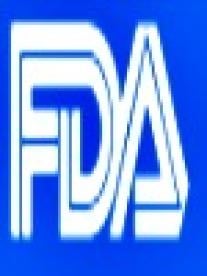The FDA recently issued a draft guidance document titled “Distributing Scientific and Medical Publications on Risk Information for Approved Prescription Drugs and Biological Products – Recommended Practices.” The draft guidance discusses the circumstances in which FDA will not object to the distribution of new risk information that rebuts, mitigates or refines risk information in the approved labeling of a drug or biologic.
The draft guidance defines new risk information as “information that becomes available after a drug is marketed that rebuts or mitigates information about a risk already identified in the approved labeling or otherwise refines risk information in the approved labeling in a way that does not indicate greater seriousness of the risk.” The draft guidance distinguishes new risk information from information on new uses (the subject of draft guidance from February, 2014 is summarized here) and information that identifies a new risk or suggests a risk may be greater than suggested by the approved labeling.
The draft guidance sets forth the following conditions concerning the (1) data source and (2) distribution method under which the FDA will not object to the distribution of new risk information.
Data Source
-
The study or analysis should meet accepted design and other methodologic standards for the type of study or analysis and should be sufficiently well-designed and informative to merit consideration in assessing the implications of a risk.
-
To mitigate a described risk, the study or analysis should also be at least as persuasive as the data sources that underlie the existing risk assessment of causality, severity, and/or incidence of the adverse reaction as reflected in approved labeling.
-
The conclusions of the study or analysis should give appropriate weight and consideration to, and should be a fair characterization of, all relevant information in the safety database, including contrary or otherwise inconsistent findings.
-
The study or analysis should be published in an independent, peer-reviewed journal.
Distribution
-
The reprint or digital copy should be accompanied by a cover sheet that clearly and prominently discloses:
-
The study design, critical findings, and significant methodological or other limitations of the study or analysis that may limit the persuasiveness or scope of findings that rebut, mitigate, or refine risk information in the approved labeling.
-
That the information is not consistent with certain risk information in the approved labeling (should specifically identify the inconsistent information).
-
That FDA has not reviewed the data.
-
Any financial interests or affiliations between the study author(s) and the firm.
-
-
The reprint or digital copy should be accompanied by the approved labeling for the product.
-
The reprint or digital copy, when distributed, should be separate from any promotional material.
-
Any statements made by a representative of the firm to a recipient concerning the reprint should be consistent with its content and the information in the disclosure cover sheet.
This draft guidance expressly states that it does not apply to medical devices, in contrast to the draft guidance on new uses mentioned above.



 i
i


